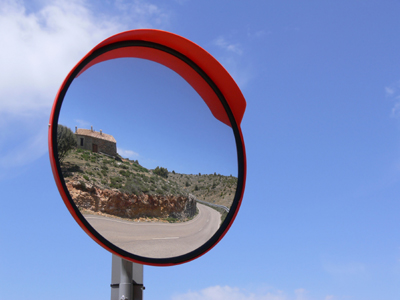
Waves - Reflection and Refraction
This GCSE Physics quiz about waves looks at reflection and refraction. Reflection occurs when any wave reaches a boundary between two different media. The amount of reflection depends on the nature of the medium that the wave is hitting. At GCSE, you will have studied this only for light waves, but what you have learnt about light reflection is equally applicable to any wave. All waves follow the laws of reflection, so make sure you revise them well. In the exam, stay calm if you come across a question that asks you about the reflection of water waves, earthquake waves, radio waves or sound waves. Simply pretend they are light waves and that should help you find the answer.
OK, lets think about light waves now. When light hits an opaque surface, some of the energy it carries is reflected and some is absorbed.
Ready for more?
not all...
quizzers. Try to win a coveted spot on our Hall of Fame Page.







